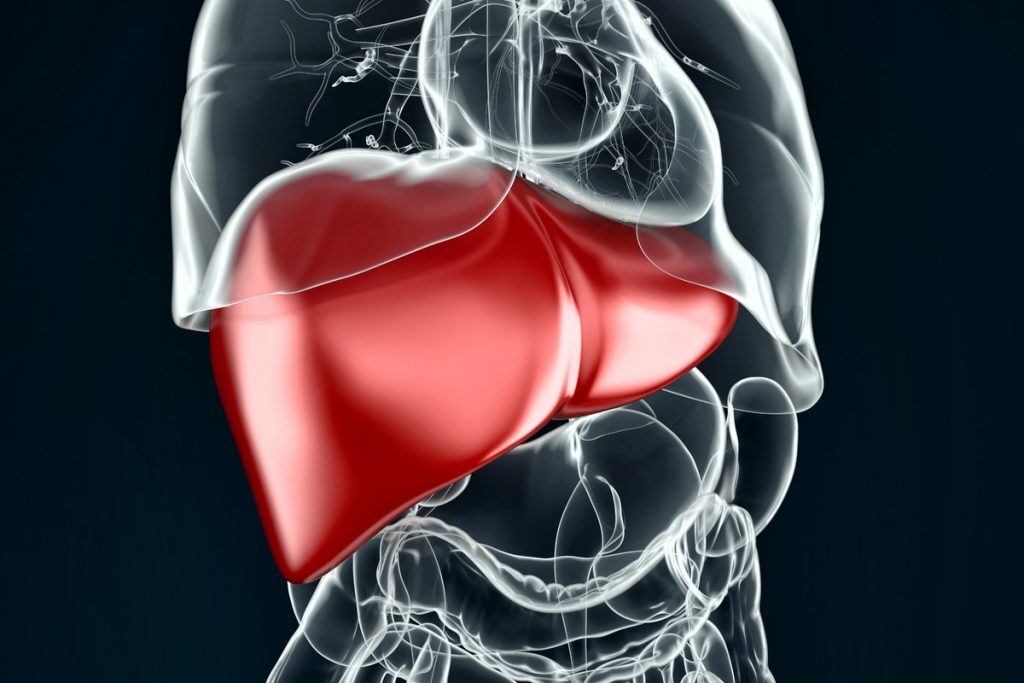As outlandish and impossible as most movie-made sci-fi tech can be, it appears 3D printing organs is becoming more and more of a reality. First hearts, and now livers, thanks to the Wake Forest University’s Institution for Regenerative Medicine. Two teams from the institution managed to 3D print liver tissue able to survive and operate in similar ways to liver tissue found in the human body, and placed first and second in NASA’s Vascular Tissue Challenge.
NASA rewards out of this world skills
The teams used “3D printing technologies to create gel-like molds, or scaffolds, with a network of channels designed to maintain sufficient oxygen and nutrient levels to keep the constructed tissues alive” for 30 days under lab conditions, as was part of the Vascular Tissue Challenge’s conditions. Each team managed to create a 1cm-thick cube of tissue.
The Institute for Regenerative Medicine’s Team Winston completed the challenge first, and its efforts will receive $300,000 as well as the chance to further its research aboard the International Space Station (ISS) US National Laboratory. Which, in case it wasn’t obvious, is a massive opportunity for the team. The institute’s Team WFIRM, who took second place, will receive $100,000 to put towards further research.
“The value of an artificial tissue depends entirely on how well it mimics what happens in the body. The requirements are precise and vary from organ to organ, making the task extremely exacting and complex. The research resulting from this NASA challenge represents a benchmark, a well-documented foundation to build the next advance upon,” said Lynn Harper, challenge administrator at NASA’s Ames Research Center.
What this research could do for medicine is astounding. Organ transplants at the moment rely on donor organs, and even when those aren’t in short supply (which they often are) there’s no guarantee that what’s available won’t be rejected by a patient’s body. With 3D printing technology of this degree, patients could have replacement organs prepared and perfectly matched to their bodies, to vastly improve the odds of a transplant being 100% successful.
“I cannot overstate what an impressive accomplishment this is,” said Jim Reuter, NASA associate administrator for space technology in a statement. “When NASA started this challenge in 2016, we weren’t sure there would be a winner. It will be exceptional to hear about the first artificial organ transplant one day and think this novel NASA challenge might have played a small role in making it happen.”




